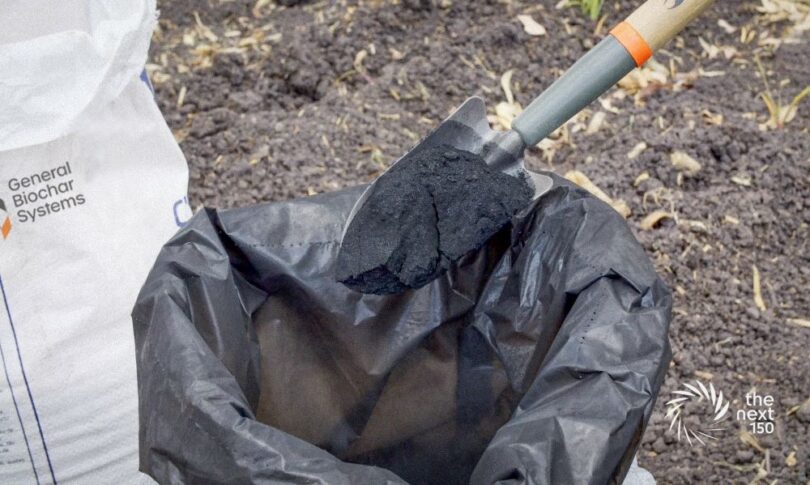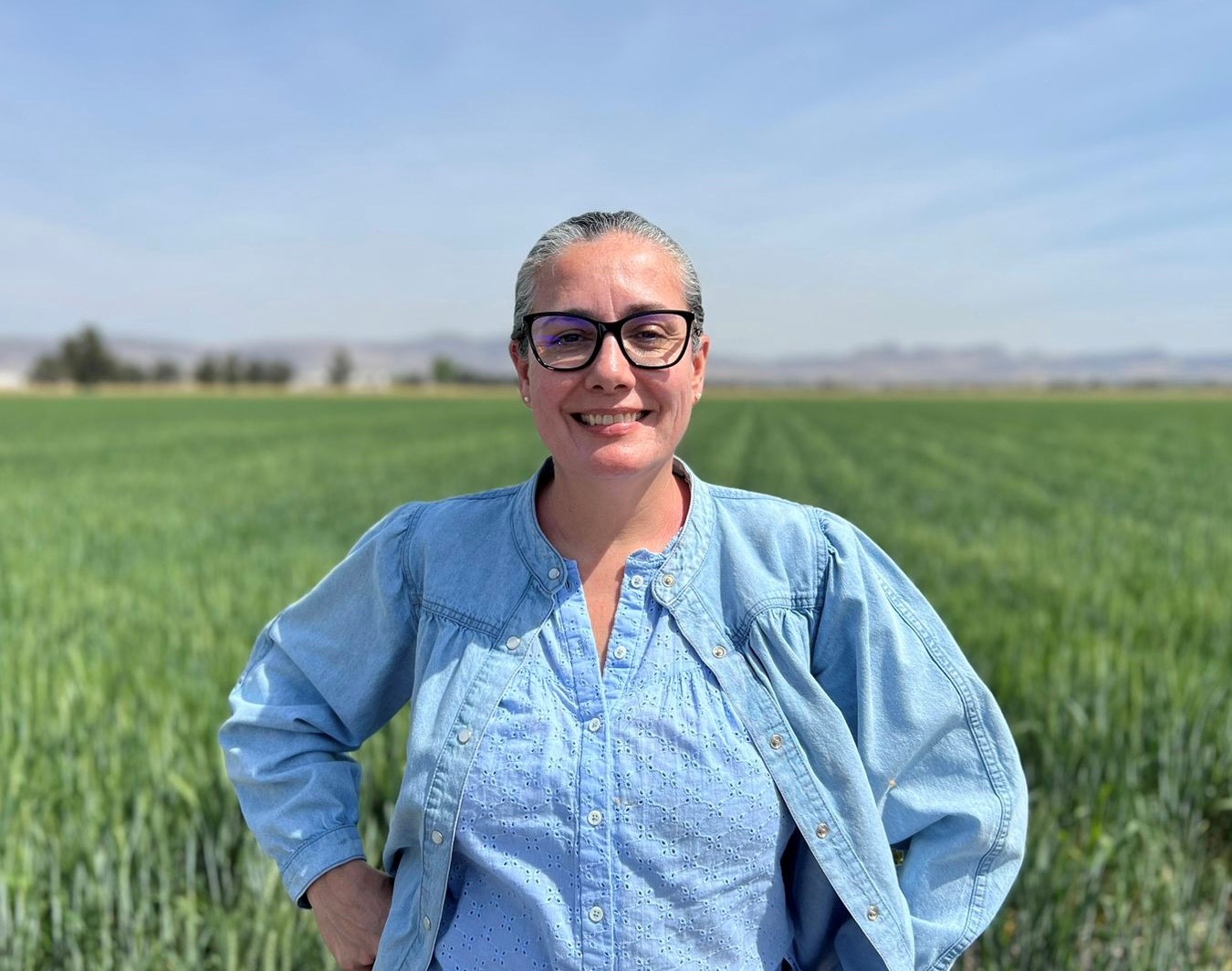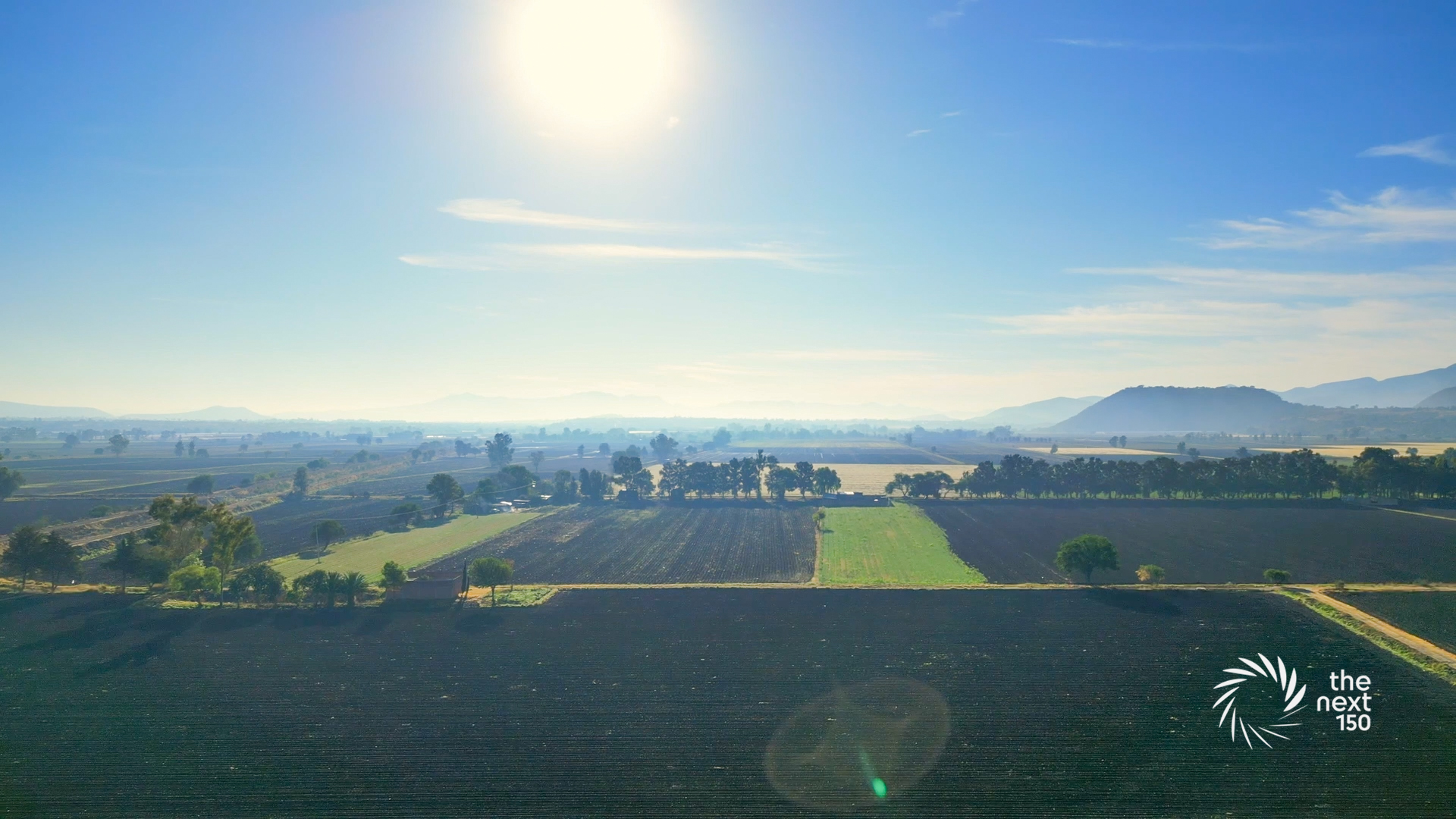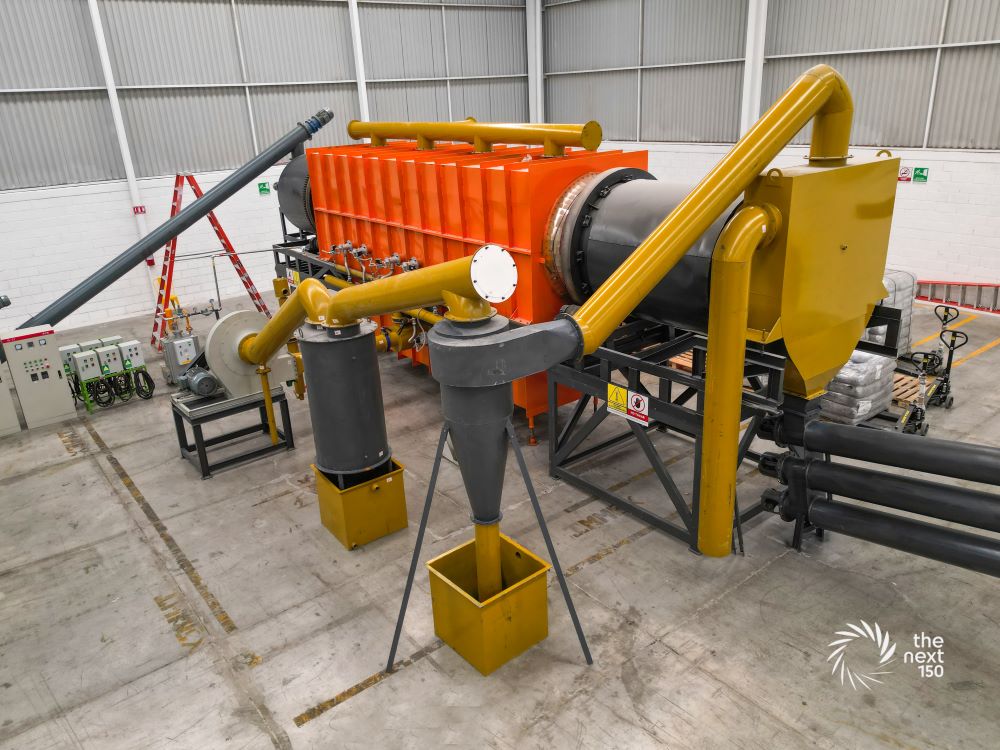At a time when companies and governments are seeking ways to decarbonise, carbon dioxide removal (CDR) is growing in popularity, boosted by the trade in carbon credits. One method for removing carbon dioxide, biochar, is proving particularly useful for capturing and locking away carbon, helping to reduce greenhouse gases in the atmosphere. The biochar process burns agricultural waste through pyrolysis, which heats biomass to high temperatures with limited oxygen, mineralizing the carbon so it can be locked away.
In Mexico, The Next 150, a global environmental investment company, is partnering with local government and farmers to set up a biochar plant. The new facility will benefit local communities by helping them process agricultural waste to create CDRs and contribute to their economy. We spoke to Luisa Marin, Country Director and General Biochar Systems Managing Director, who told us more about how this fascinating process works and highlighting the benefits for Mexico’s agricultural sector.
Helping Communities Thrive
Luisa is highly experienced in the field and has worked for 20 years on development projects in Mexico, many funded by USAID. This career helped her develop deep knowledge about the local environment and communities, with a focus on developing equitable and mutually beneficial solutions. Other important work, with Nature Conservancy, provided the information needed for the government to make Mexico one of the first countries in the world to develop climate change laws based upon evidence.
“I joined Conservation International to implement another project funded by USAID, but one step forward because now it was trying to make the community productive. In what sense? In order to create communal companies to acquire and gather supplies, and to commercialize while creating an industry with responsible buyers.”
At present, farmers shoulder all of the risk with the buyer taking none if crops fail, so Luisa’s work is changing the mindset of buyers, encouraging them to share the risk and become socially responsible. Setting up a committee to help local communities also taught them how to become entrepreneurs and curate projects. From here, Luisa took the step into carbon reduction:
“So, it was very interesting project. And, from there, I jumped into this new initiative about the carbon credits. Because, now, it’s not enough to be sustainable, environmentally speaking. You also need to be economically viable to make it happen. Otherwise, it is just a good idea and a statement of good intentions. But, without a good, solid economic case, we have nothing.”
Now, The Next 150’s biochar project gives an opportunity to put the ideas into practice and start to help Mexico’s agricultural communities benefit from environmental projects.
Next 150
The Next 150 is a Swiss company with a mission to fund, develop, and operate environmental projects. To achieve this, they promote a number of initiatives, such as carbon capture, carbon credits, remediation, and reforestation. As part of extending this portfolio, a year ago, they started focusing on biochar systems as a way to capture carbon, and the company has made significant progress.
With a number of strategic partners, The Next 150 is developing a biochar plant in Guanajuato, Mexico. Located in Irapuato, the project will benefit over 23,000 farmers with over 110,000 hectares of cultivated land. The plant will process up to 20,000 tons of waste every year, converting it into 6,000 tons of biochar and a number of saleable derivatives including hydrogen and bio-oil. Over ten years, the plant, which is the largest biochar project in Mexico, will capture an estimated 150,000 tons of CO2.
The Next 150 focuses on grassroots organisations, so their biochar initiative involves a strategic alliance with the State of Guanajuato Ministry of Environment alongside a civil association called Irrigation District Eleven. The ministry wants to end the burning of corn stubble and other waste that remains after harvesting, so the education districts and farmers will need to comply with this vision. As Luisa notes:
“So, we are helping them. We are trying to disseminate the knowledge about what is climate change, what are the implications, what are they causing if they burn – not only what are they doing to the environment, atmospherically speaking – but what is happening to the ground and the soil as well when they do these practices.”
Biochar is a useful way of locking up carbon and fits The Next 150’s mission to promote carbon capture while providing additional benefits. Of course, the next important question is what is biochar and how does it help the environment?
What is Biochar?
Biochar is vegetable carbon produced by a process called pyrolysis, which heats the waste in an oven with very high temperatures and low oxygen without emitting carbon dioxide. As Luisa noted:
“When we feed the dry biomass into the oven, it mineralizes and we piggyback on the photosynthesis process that nature has already done, which captures the CO2 already in it. if we let it rot, methane will be released. And if we burn it, CO2 and methane will be released. The material does have to be from residual biomass or it can risk competing with another market or creating other problems.”
Although the carbon is mineralised, it is known as biochar because it is derived from a biological source. This process sequesters carbon which can be put onto the soil to support agriculture, or it can be encased in asphalt or concrete, which creates carbon sinks.
Biochar will eventually degrade, but this can take 100 years or more due to the high carbon content caused by the pyrolysis process. This means that the possibility of the carbon dioxide leaking back into the atmosphere is minimized. Luisa points out the importance of this, because we need to do more than just reduce emissions:
“The 2030 and the 2050 targets that we need to fulfil mean that just avoiding emissions is now not enough. We need to withdraw the CO2 from the atmosphere because, for example, of the emissions caused by humans between the period of 2010 and 2019, 46% remain in the atmosphere. So, we need to withdraw them and put them back on the soil or in cement: We need to sequester them and, today, biochar is the most effective, economically-viable technology to do that.”
There are a number of advantages to biochar when compared to other carbon capture projects which, of course, have their place, but tackling the issue needs a portfolio of measures. One benefit is that the biochar process is highly scalable, whereas direct carbon capture facilities can take millions of dollars and a lot of time to set up. As Luisa points out:
“Direct capture is effective, but it’s not as fast as biochar, which could be done in a small scale or at the industrial scale. That is the difference.”
Importantly, biochar’s scalability and its potential use of agricultural waste is an excellent way of drawing in local communities and promoting environmental benefits driven from the grassroots level.
Focusing on the Grassroots
The Next 150 is working with local grassroots organisations and conducting a number consultations with local stakeholders for the plant, which will be the largest in Guanajuato. Because the facility is contained, emissions are low although it is impossible to avoid them completely. The programs teach farmers how to reassign agricultural waste and trash as resources, leaving no waste.
“So, what is the importance of revalorizing those resources? Diverting waste from the landfills and transforming it into something valuable, such as biochar? We need to spread the word and to disseminate and train people on the importance of that if we want to be successful either way, for them and for us as well.”
Localism is extremely important for the project, both from the viewpoint of minimising the environmental footprint, but also because it taps into the strength of communities. Luisa is extremely keen to share the importance of focusing on localism:
“The idea is to remain local, to set up a facility and gather the resources in a radius no bigger than 200 miles and use the resources there in order to reduce emissions. It makes no sense to produce biochar in Mexico and send it to the US.”
From this local focus, the biochar project can help Mexico’s agricultural sector participate in carbon markets, which are becoming an integral part of global trading.
What are Carbon Markets?
Carbon markets are growing, despite the bad press from some quarters, and they can be a very useful tool for promoting environmental projects. Europe, for example, has mandatory carbon markets with strictly regulated sectors. At present, the voluntary carbon market is worth in the range of $2 billion and this could well grow 20x by 2030.
“Despite all the efforts that governments and large industries have been doing to reduce their carbon footprints and reduce their emissions, they have been heavily investing in improving their technology and making changes to reduce their carbonization footprint. It’s not enough. And now, governments are starting to buy CDRs, which are carbon dioxide removal, in order to meet the NDC targets. And that is why the carbon markets will not disappear. They need to improve their accountability and transparency, but they’re here to stay and it will depend on all of us.”
These carbon markets will require accountability, regulation, and monitoring, with due diligence to make sure that communities are safeguarded and that any actions taken do not simply release CO2 from other sources. Participants need to make sure that a project will actually deliver the carbon credits they claim they are producing and fulfil their commitments to their board and other stakeholders. The onus is on companies to do this and they need evidence to support their claims.
Looking to the Future
With the successful implementation of the Guanajuato plant, The Next 150 is planning to expand its capacity and build upon the success of its biochar program. Another facility has one production line with two more underway which, as Luisa points out, will take advantage of growing agricultural sectors and help them reduce their carbon footprint:
“In the nearby state, Jalisco, there are a lot of resources, so our next factory will revolutionize agave bagasse waste, which is huge because tequila production is on the rise and agave production is increasing. And, we are exploring possibilities of a joint venture in New Mexico and possibilities in Brazil and Paraguay, but there are a lot of things that need to be aligned. Currently, those are the four options that we are considering to scale and expand.”
Slowly but surely, Next 150’s biochar projects are set to make a valuable contribution to carbon dioxide removal while helping local communities thrive. This template, of building from the grassroots, will show that everybody can benefit from carbon trading and participation in the circular economy.










